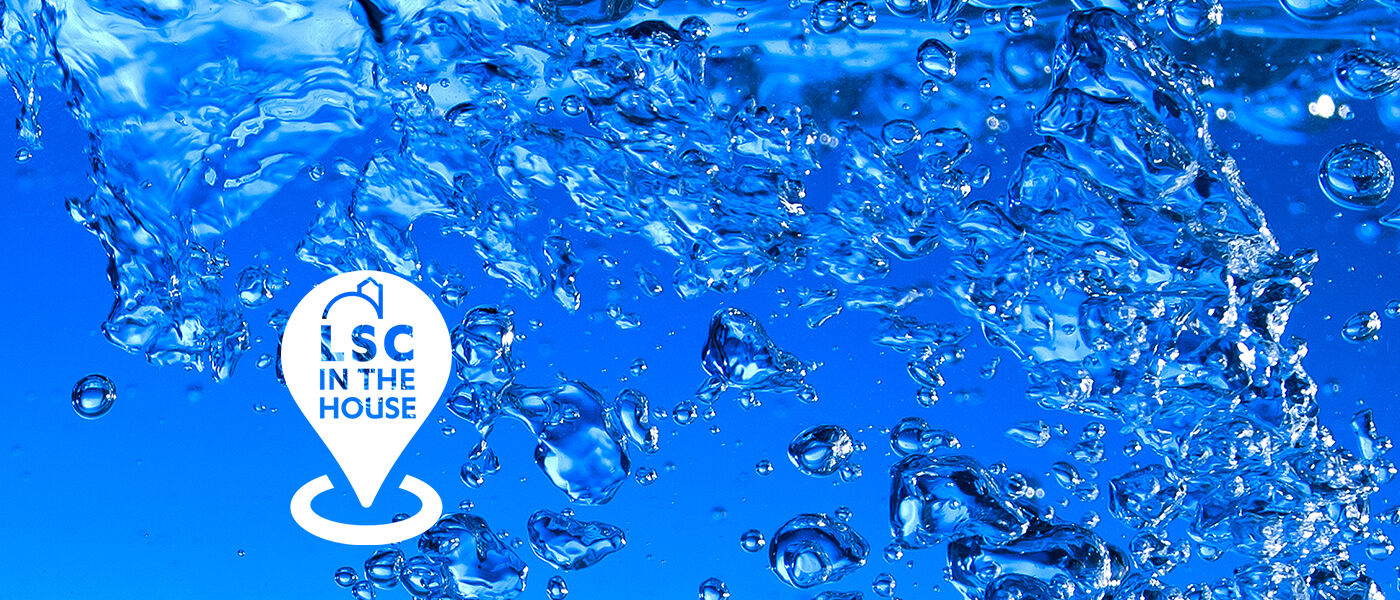Mini Water Cycle
Activity Time: 10 minutes, then several days
Recommended Grades: Pre-K – K
Objective: Observe the various stages of the water cycle from the comfort of your home!

- Plastic Ziploc bag
- Permanent marker (with adult supervision)
- Tape
- Water
- Cup
- Blue food coloring (or blue marker)

- Together, draw a sun and a cloud on the front of your plastic Ziploc bag using the permanent marker.
- Next, add water to the bottom of the bag which will represent a river or ocean. You can add a few drops of blue food coloring to the water for decorative purposes. Or you can leave a blue marker in a cup filled with water. After some time, the water will start turning blue from the marker, which also works.
- Seal the bag and tape it to a window where you can observe it over time.
- Do you see anything happening to the water inside? Is the water level changing? If so, what is the water turning into? Practice describing the different stages of the cycle that you are observing.

The sun warms the Earth and everything in it every day. Some objects change from solid to liquid to gas if they get warm enough. Not everything changes, but water is definitely one substance that does. The process of water changing form is called the water cycle and is what we are seeing in our bag.
In the water cycle, water evaporates from the surface of Earth, rises as a gas into the atmosphere, comes together as it cools, and eventually makes its way back to the ground as different forms of precipitation—some liquid, some frozen solid such as ice or snow.
Each stage has a distinct name When we see water on the ground disappearing in the hot sun, it is evaporating. As the evaporated water vapor rises high into the sky, it becomes colder. This drop in temperature causes the water to come together in a process called condensation. This is where we normally see clouds. And the next stage is called precipitation. This stage is very important to how water travels, bringing water to oceans, rivers and lakes, streams, and ponds. And as the water reaches those new places, the whole process begins all over again.
